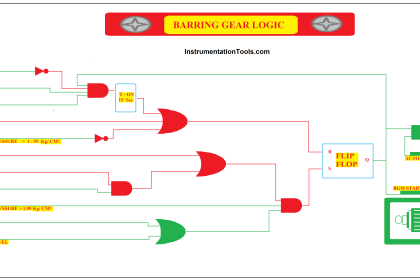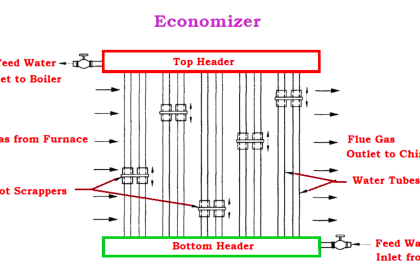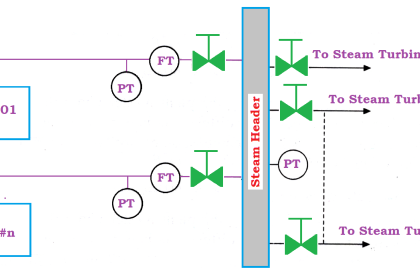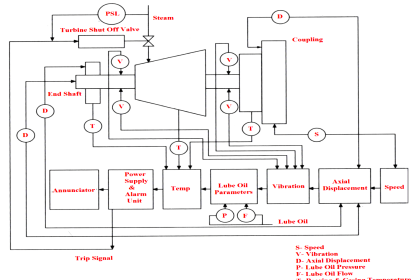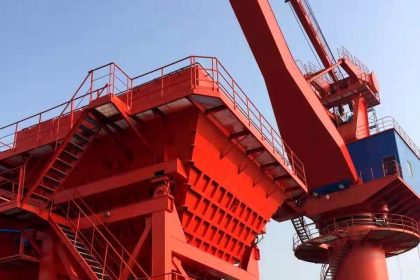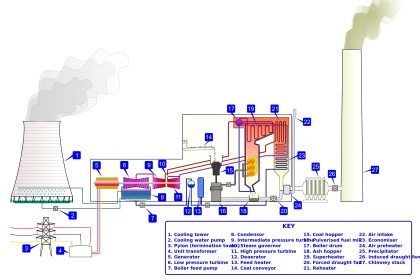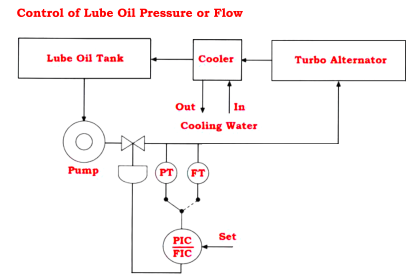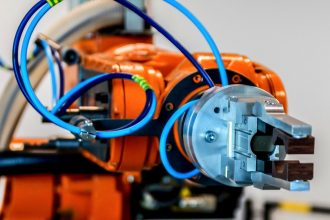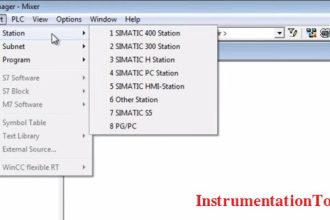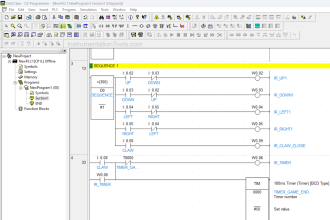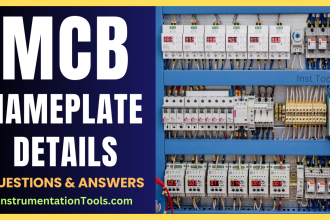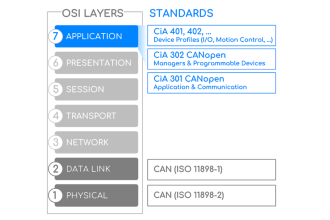The Gear box backlash is the clearance or gap between the two mating gear tooth.
The backlash can be measured with dial gauge, feeler gauge or lead wire. The Dial Gauge pointer is kept at Driven gear face and the drive gear is locked. Then the driven gear is moved which shows the backlash valve in the dial gauge.
Gear box backlash
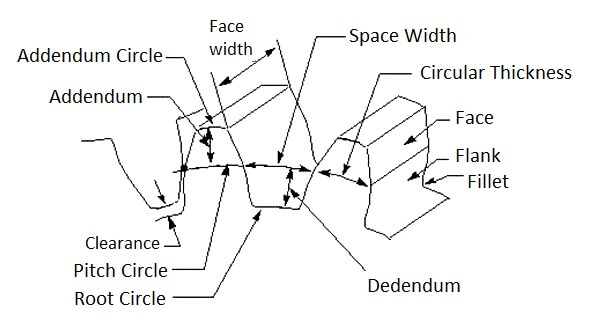
Another Method is keeping the lead wire in between the two faces of the mating gear and allowed to mesh.
After the lead wire compresses, it is measured with the micrometer which shows the backlash reading.
Reasons for Gear Backlash increase
- Due to gear face wear after running so many hours
- Due to bearing Radial wear
- If the center distance between two gear is high
Back Lash and Gear box Clearance are different. Gearbox clearance is the space between the addendum circle of one gear to the deddendum circle of another gear
Backlash valve for normal gearbox 0.18-0.3mm for heavy load < 3mm
There should be sufficient backlash for allowing lubrication to gears and compensate mis-alignments.
